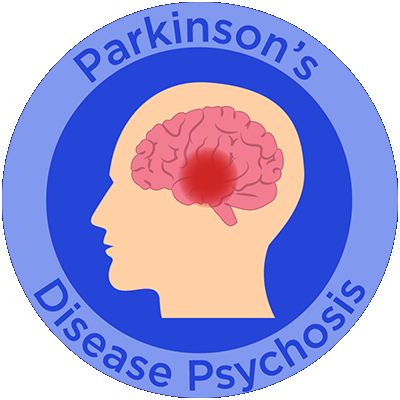Epidemiology
PD Statistics
- Parkinson’s Disease (PD) is a chronic, neurodegenerative disorder second only to Alzheimer’s disease in prevalence. PD affects approximately 1% of the population over age 60.
- An estimated 1 million people are living with PD in the U.S — more than the combined number of people with diagnosed multiple sclerosis, muscular dystrophy, and Lou Gehrig’s disease.
- Cases are estimated to increase to 1.2 million by 2030.
- Roughly 60,000 Americans receive PD diagnoses annually.
- The incidence of PD increases with age; only 4% of cases are diagnosed before age 50.
- Men are 1.5 times more likely than women to have PD.
- Risk of developing PD appears to be increased by a combination of genetic and environmental factors.
- Direct and indirect cost of PD (treatment, Social Security payments, lost income, etc.), is estimated at $52 billion per year in the U.S.
- Medication costs average $2,500 annually; therapeutic surgery can cost up to $100,000 per person.
References
Connolly BS, Lang AE. Pharmacological treatment of Parkinson disease: a review. JAMA. 2014;311:1670-1683.
Marras C, Beck JC, Bower JH, et al. Prevalence of Parkinson’s disease across North America. NPJ Parkinsons Dis. 2018;4:21.
Parkinson’s Foundation. Statistics. Accessed April 23, 2025. https://www.parkinson.org/Understanding-Parkinsons/Statistics





